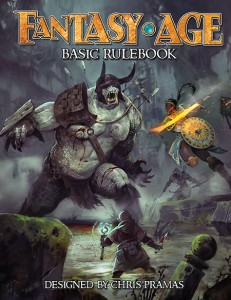Earlier this week I wrote a post about rethinking my approach for dealing with the both physical and cultural geography of the Ancient Lands. I’ve never been anywhere close to happy with the geography of the setting and I think I now figured out why. The traditional fantasy campaign setting “satelite view” map very much conflicts with the sword & sorcery and space opera approach to setting design I am using. So right now I think I am not actually going to do a true world map at all. Instead there will be just a very rough and sketchy outline for the major landmasses. All the actual content regarding settlements and landscapes is confined to a number of relatively small areas, which get covered in considerable detail. These will be comparable to Icewind Dale, Ferelden, the Eldeen Reaches, Skyrim, Tatooine, Tuchanka, or any other of hundreds of “countries” you encounter in fiction outside of roleplaying games. The ones that I cover may not necessarily be the most densely populated or most representative regions of the Ancient Lands, but I am picking them by how well they are suited as places for adventures. Big fertile lands of peaceful farming villages are not really places either players or GMs would care about.
A good reason to have accurate world maps for fantasy settings is for judging travel distances and to see what kind of places and areas you’ll be passing through on a long journey to another region. This can be quite important information for some campaigns, but in a pulp campaign like Sword & Sorcery or space opera it normally doesn’t matter at all. Some weeks or months have passed and then you’re standing right next to the place you wanted to go to. The journey itself doesn’t really play any role in these genres. It’s the parts with the villains and the old ruins that matter, the rest is glossed over. Doing a good world map poses a lot of challenges (even if it’s just a continent or part of one), but for a setting like the Ancient Lands where it is not needed, it really isn’t worth the effort. And I think not having an accurate map actually enhances some of the themes and the overall atmosphere of the setting.
Currently, all the material I have crated over the years seems to come together very neatly in 16 thematical and geographical regions. The layout is very simple, consisting of a single long coast that runs from north to south with the land in the west and the ocean in the east. Similar to the American East Coast all the way from Greenland to Florida, or the eastern coast of Asia. Continue reading “Main regions of the Ancient Lands”

